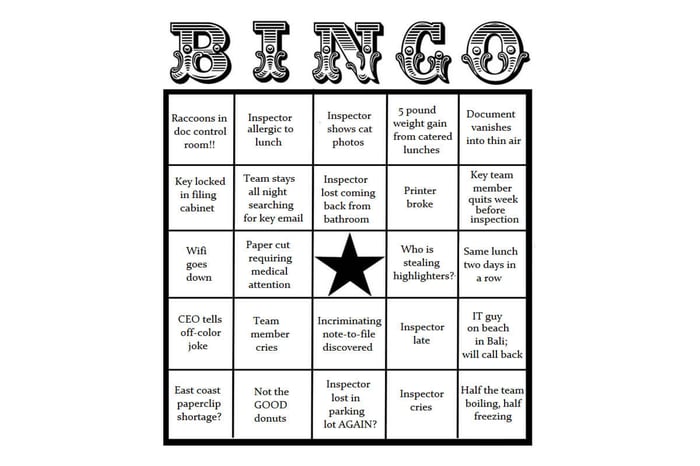- Use the version number consistently in the version history, title page of each version, and header/footer of each version. This piece of advice may seem obvious but is a frequent source of errors due to the fact that versions may need to be updated in multiple places (the title page, the first page header/footer, headers/footers for landscape pages, etc.) Here is a terrific tutorial on how to set up repeating fields in Word templates so, for each version, entering the version number once populates it in all the right places.
- Use an obvious or clearly-defined numbering convention. For example, a numbering convention that uses whole integers for every approved version of a document is obvious - if you are looking at version 5.0 of a document, you can tell that you should also have versions 1.0, 2.0, 3.0, and 4.0. If you're using whole integers for major versions and decimal places for minor versions, that requires some definition, as it's not obvious at first glance. Similarly, if each region has its own numbering scheme, this needs to be defined in the version history.
- Only include versions in your version history that you plan to file. In other words, if your version history includes drafts, then file the drafts. If you don't want to file drafts, then don't list them in the version history. If you want to have it both ways - for example, it's useful to track the changes from draft to draft, but you don't want to file the drafts - then a separate tracker may be a useful tool.
- Decide which document dates are helpful to track, and then use them clearly and consistently. Typically, a document date is the date a document is finalized; one can expect to see approval signatures that occur on or after that date. For some companies, the document date is the date of the final signature. Others use an effective date, timed for a particular interval after the last signature or after the document finalization date. Whichever date you choose should be clearly labeled and used consistently in the version history, title page of each version, and header/footer of each version.
- If an electronic document management system is maintaining the version history, then either export it consistently with the document or reproduce it in the text of the document. The version history is of no use if the reader can't see it.
- Provide enough information about changes in the version history so that the reader can quickly identify changes without needing to review prior and current versions side by side. For documents like protocols where details are critical, this change history may require its own table, tracing each textual change. For other documents, a summary may be sufficient, but should not omit any key details.
Ready Room Blog

Identifying Missing Documents: Version Histories
Listen to article
Audio generated by DropInBlog's Blog Voice AI™ may have slight pronunciation nuances. Learn more
One way to find missing documents in your TMF is to cross-check TMF contents against the version histories in each document. This check typically brings up a number of deviations from Good Documentation Practice. To avoid confusion, we recommend the following best practices:
Proven inspection management for the life Sciences industry
Biotech, pharmaceutical, medical device, CMOs, CROs, and laboratories big and small are getting ready with Ready Room.


